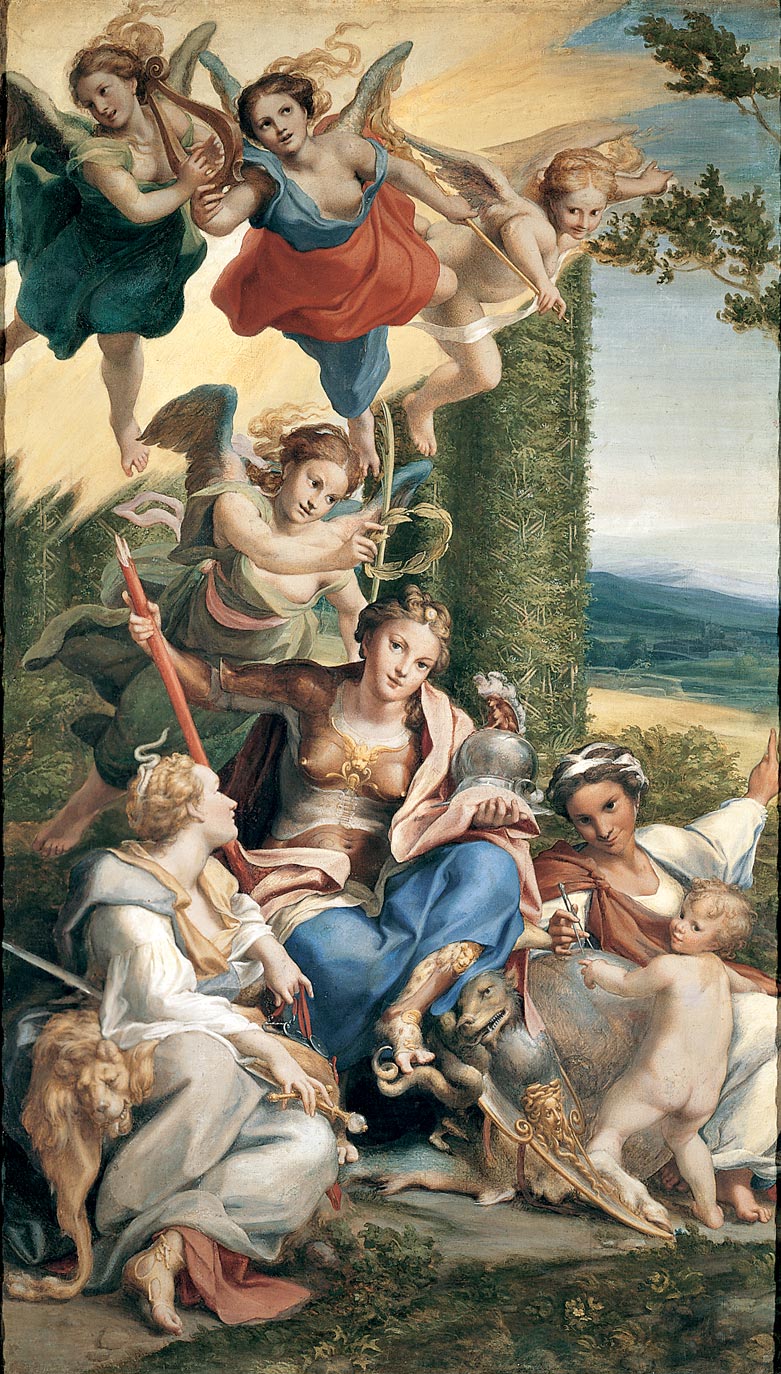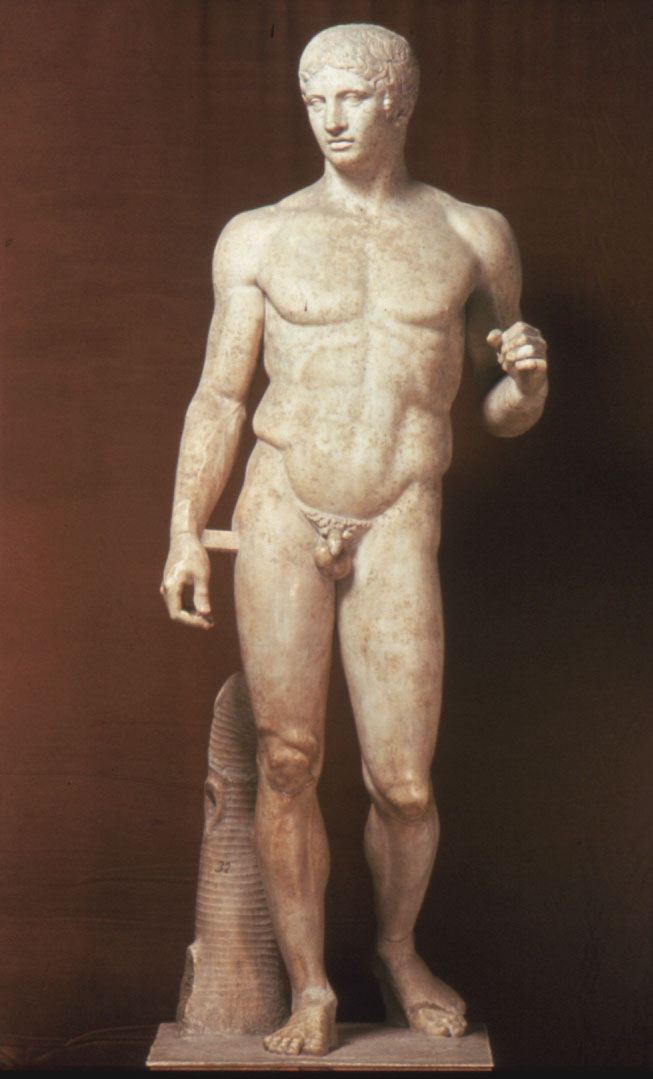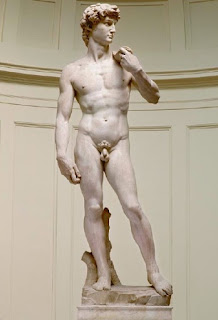 When I went to do research in Brazil a few years ago, this was my favorite church that I visited. Nossa Senhora do Rosário dos Pretos (shown right, dates from the latter 18th century) was built in colonial Brazil as a place for the African slaves to worship. One of the reasons I like this church so much is that it is based on an oval floorplan. It seems to me that somehow this church was indirectly influenced by the oval floorplan that was popularized by Borromini in Italy (click here to see the floorplan of Borromini’s church San Carlo alle Quattro Fontane. This is one of my absolute favorite buildings. I love the undulating facade, the oval floorplan, and the oval dome. It’s so awesome and unique.)
When I went to do research in Brazil a few years ago, this was my favorite church that I visited. Nossa Senhora do Rosário dos Pretos (shown right, dates from the latter 18th century) was built in colonial Brazil as a place for the African slaves to worship. One of the reasons I like this church so much is that it is based on an oval floorplan. It seems to me that somehow this church was indirectly influenced by the oval floorplan that was popularized by Borromini in Italy (click here to see the floorplan of Borromini’s church San Carlo alle Quattro Fontane. This is one of my absolute favorite buildings. I love the undulating facade, the oval floorplan, and the oval dome. It’s so awesome and unique.)
John Bury has also written a little about how this Brazilian church is “Borrominesque,” but he can’t seem to pinpoint any concrete influence.1 So far, I haven’t been able to find a concrete influence for N. S. do Rosário dos Pretos either. One interesting thing I have found, though, is that this church might have been indirectly influenced by the Peterskirke in Vienna.2 Some Portuguese rulers and leaders (i.e. Pedro II, João V, and the Marquis do Pombal) were married to Austrian ladies. Perhaps the Austrian design trickled through Portugal and then down to Brazil.
 The Peterskirche in Vienna (shown left, 1733) is a beautiful church that is also based on an oval floorplan. It seems to me that this church is also Borrominesque in design, although I read here that the design was actually based off of St. Peter’s Basilica in Rome. I’m a little skeptical of that information (not only because it’s from Wikipedia, but because it just doesn’t make sense – the floorplan of St. Peter’s Basilica isn’t even oval (and none of the earlier floorplans were oval either)).3 Borromini’s style was copied and emulated internationally, and it seems more likely that he affected the floorplan and design of Peterskirche. (Don’t you think that the lil’ curves in the facade could have been influenced by Borromini?)
The Peterskirche in Vienna (shown left, 1733) is a beautiful church that is also based on an oval floorplan. It seems to me that this church is also Borrominesque in design, although I read here that the design was actually based off of St. Peter’s Basilica in Rome. I’m a little skeptical of that information (not only because it’s from Wikipedia, but because it just doesn’t make sense – the floorplan of St. Peter’s Basilica isn’t even oval (and none of the earlier floorplans were oval either)).3 Borromini’s style was copied and emulated internationally, and it seems more likely that he affected the floorplan and design of Peterskirche. (Don’t you think that the lil’ curves in the facade could have been influenced by Borromini?)
Anyhow, I hope that I can do more research and find out the connections between Borromini, the Peterskirche, and N.S. do Rosário dos Pretos. If anyone has leads, suggestion, or information, I’d be happy to hear them.
1 John Bury, “The ‘Borrominesque’ Churches in Colonial Brazil,” (The Art Bulletin 31, no. 1):43- 44.
2 Murillo Marx, “Brazilian Architecture in the XVIII and Early XIX Centuries,” in History of South American Colonial Art and Architecture by Murillo Marx and Damián Bayón, eds., (New York: Rizzoli, 1989), 361. Marx also cites Pal Kelemen, Baroque and Rococo in Latin America (New York: Macmillan, 1951).
3 I do recognize, though, that the Wikipedia article could be referring to some aspect design other than the floorplan. In general, though, I have not observed any other striking similarities between the designs of Peterskirche and St. Peter’s Basilica. If anyone knows specific architectural connections between the two buildings, I would be interested to know them.
















